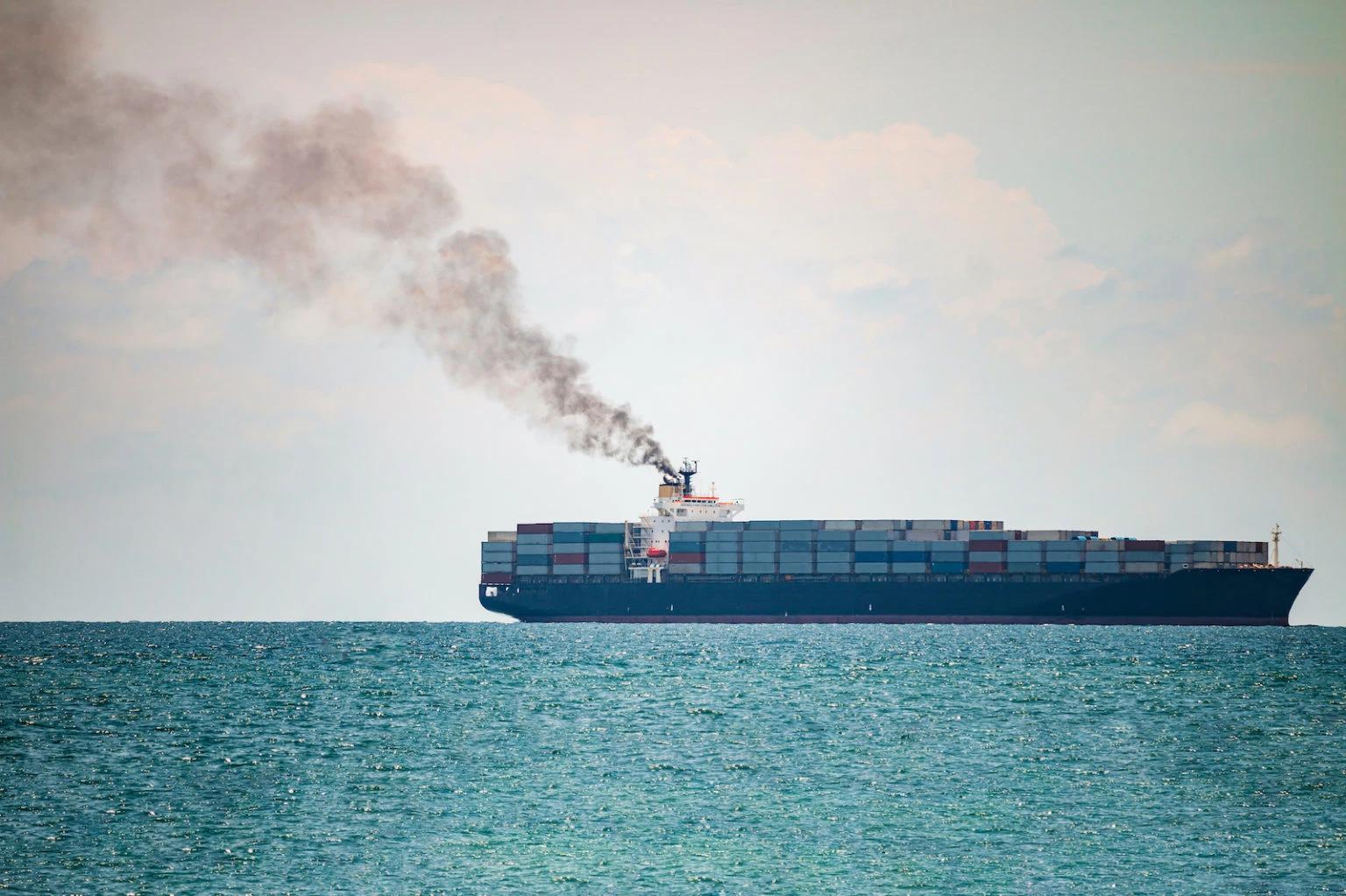LONDON, July 7 (Reuters) – Countries on Friday adopted a revised greenhouse gas (GHG) strategy for shipping that sets a net zero emissions target by around the middle of the century, prompting environmental groups to say it was nowhere near ambitious enough.
After days of discussions in London at U.N. shipping agency the International Maritime Organization’s (IMO) headquarters, member countries agreed to reach net zero “by or around, i.e., close to 2050, taking into account different national circumstances.”
IMO Secretary-General Kitack Lim said the unanimous support from all 175 member states was “particularly meaningful” and that the deal opened “a new chapter towards maritime decarbonisation.”

Shipping, which transports around 90% of world trade and accounts for nearly 3% of the world’s carbon dioxide emissions, has faced calls from environmentalists and investors to deliver more concrete action, including a carbon levy.
But despite various proposals for a global shipping levy, including ones from European Union countries and separately Pacific nations, the strategy’s text only pointed to measures including “an economic element, on the basis of a maritime GHG emissions pricing mechanism,” whose details would be worked on over the next year.
Countries also agreed to “indicative checkpoints” to reduce the total annual GHG emissions from international shipping by at least 20%, striving for 30% by 2030, compared with 2008, and to reduce the total annual GHG emissions by at least 70%, striving for 80% by 2040, compared with 2008.
